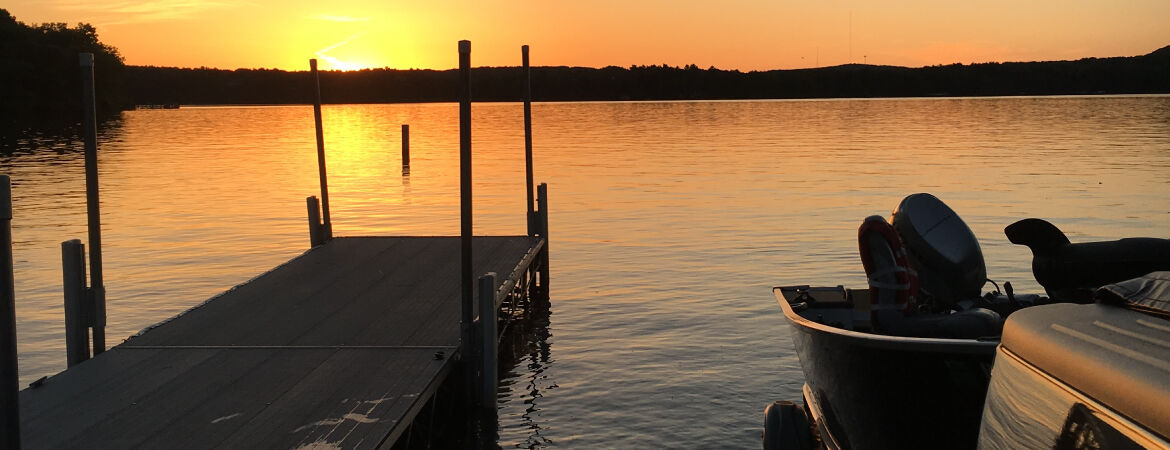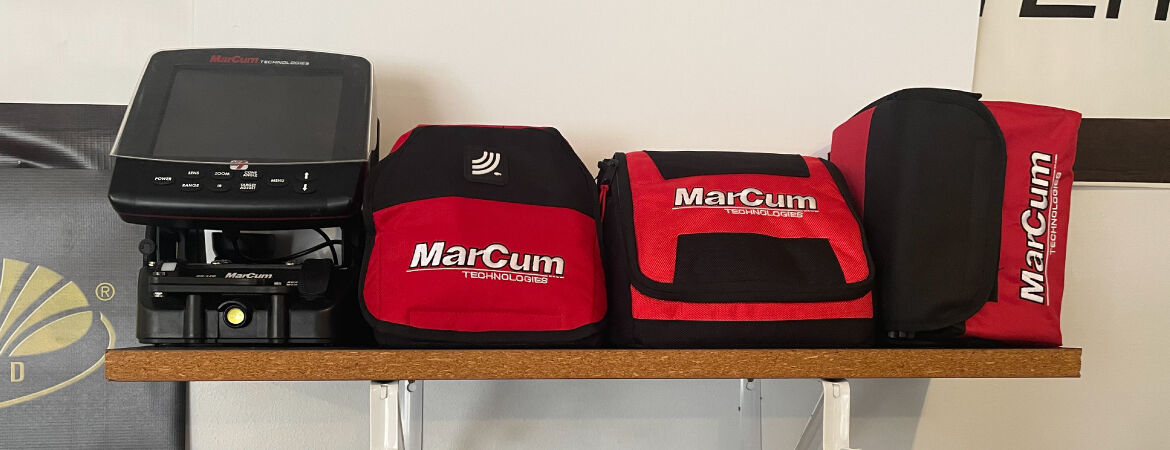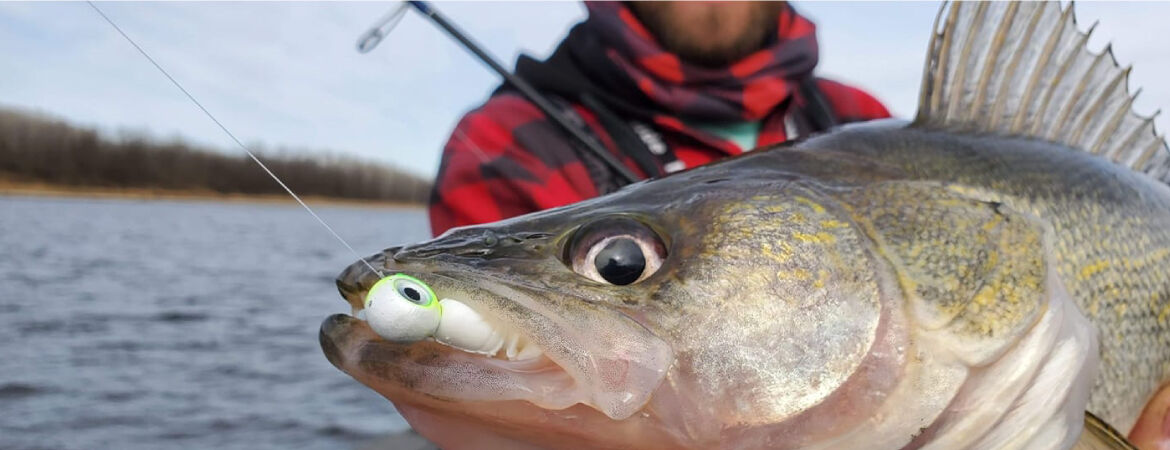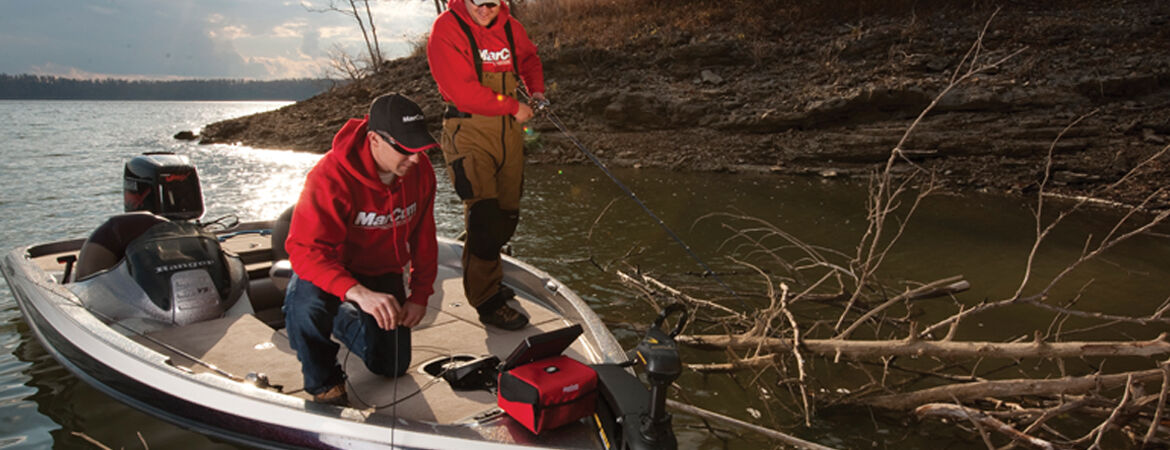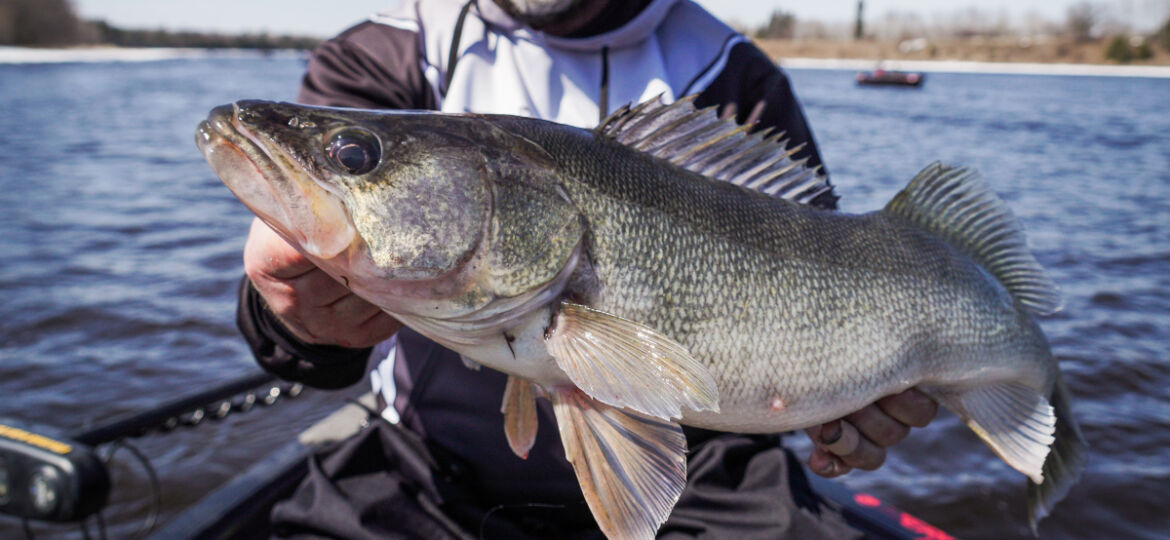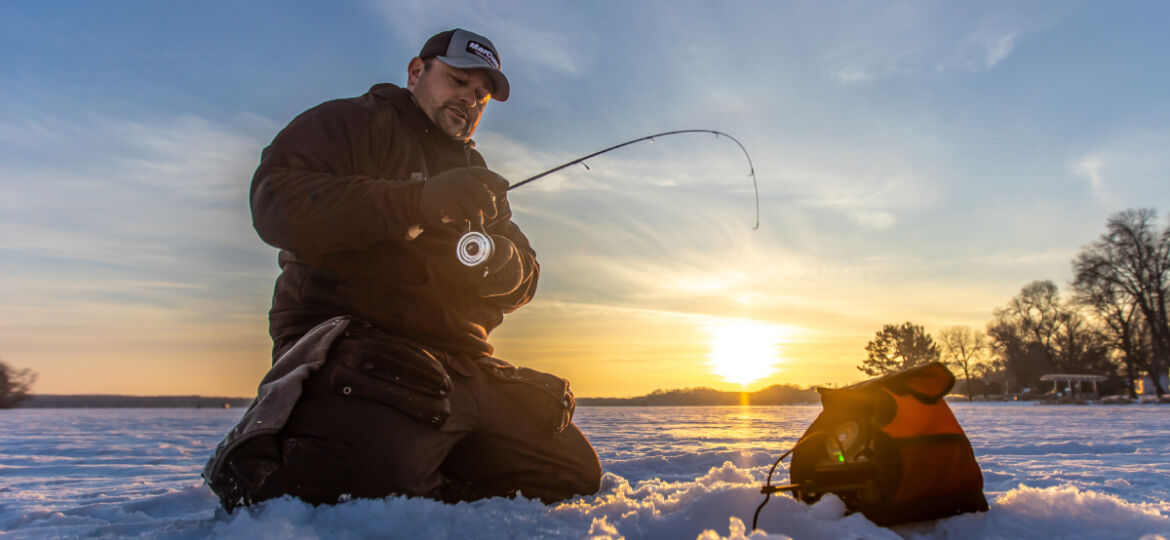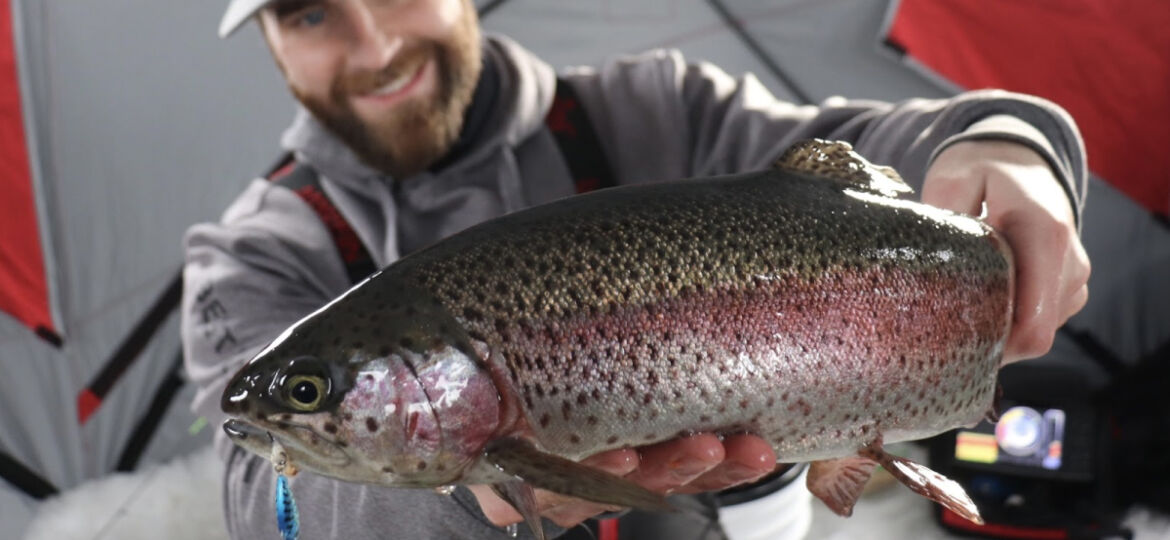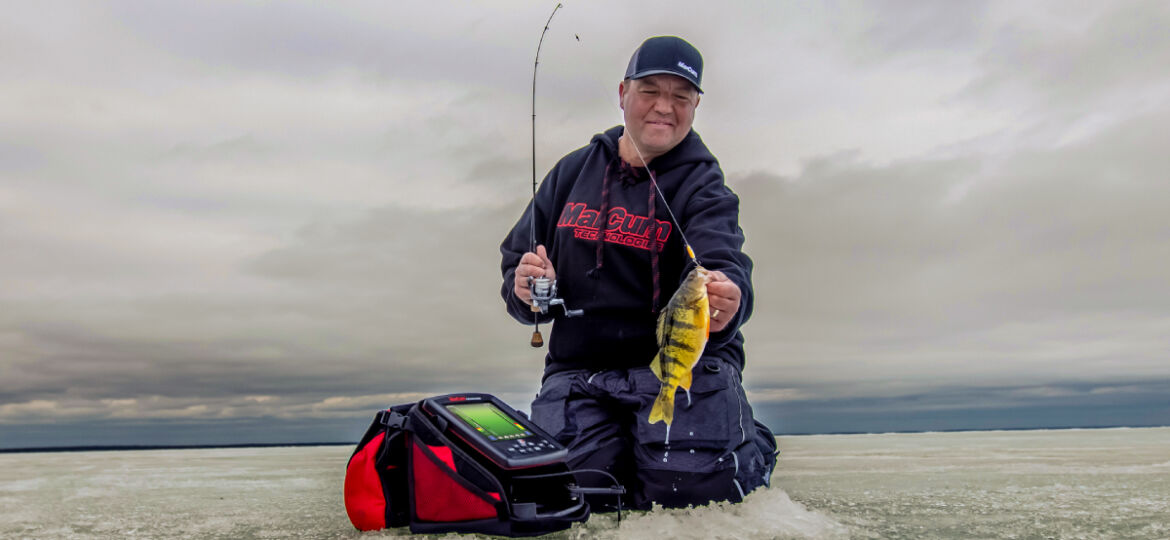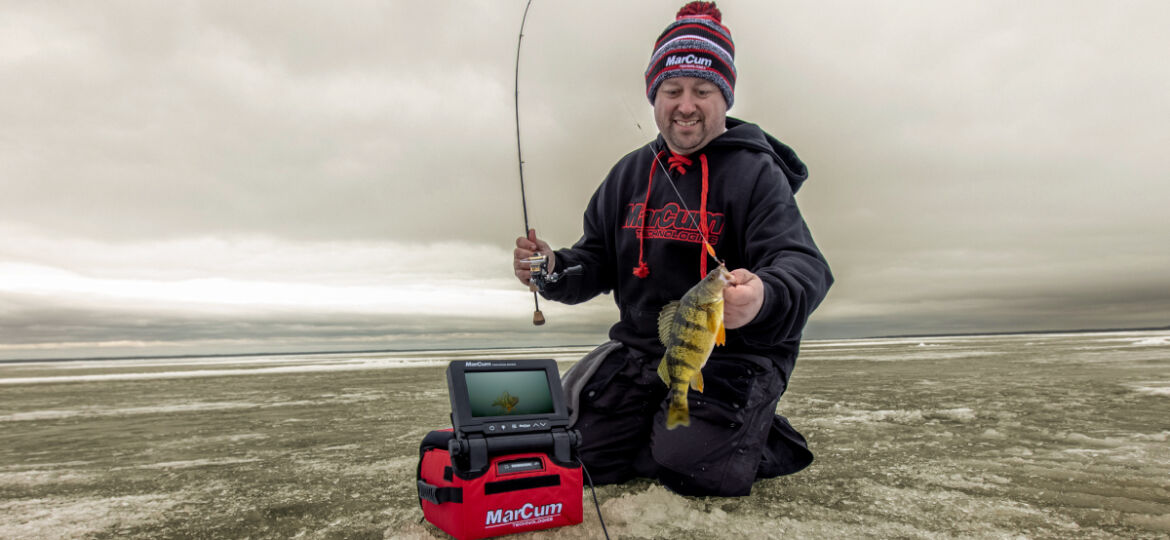The fishing season is approaching fast, whether you’re ready for it or not. Depending on where you live, the ice may already have vanished, or you may still have some time left. Regardless, it’s important to take the time to ensure you are prepared for the upcoming season.
LiFePO4, Li-ion, & Lead-acid Batteries have slightly different long-term storage requirements. Find the best way prolong your battery life.
Minnesota’s early May fishing opener is a date most avid walleye anglers have circled on the calendar, but long before May is the pre-opener down on Pool 4 of the Mississippi River. Warm spells in February, all the way through the traditional opening day, offer anglers a great chance at not just knocking the rust off, but catching both numbers and size for walleye and sauger both.
As Joel Nelson says, “There’s no better feeling than the slight “tick” of the rod tip or a line-jump as a shallow-water walleye inhales some plastic. “
Underwater fishing cameras are recognized as a valuable tool for ice; however, they can be just as beneficial during the open water season – and for many of the same reasons. Open water electronics continue to evolve to new lengths every season but they still leave things open to interpretation. Underwater cameras, however, are capable of answering questions that other electronics cannot, as well as teaching anglers more about what they’re seeing on their electronics. They are an angler’s eyes below the surface.
Long before the inland lakes of Minnesota are free from ice, moving water draws thousands of anglers back into their boats for a chance at some border walleye. Every spring, the historic Rainy River sheds its winter coat and gives anglers the freedom to fish open water once again. Thousands upon thousands of walleye leave Lake of the Woods and head upstream towards International Falls to complete their annual spawning run. And no rain, snow or sleet will stop some of the die-hard walleye anglers from dropping their jigs into the icy water in hopes of catching a giant walleye.
With gamefish seasons closed at least in my home state, end of ice forays are all about panfish. Whether crappies or bluegill, there’s usually something going by the time March’s sun angle and warmer temps are beating back shoreline ice or at the very least, keeping snow cover down and allowing easy on-lake travel.
However, late ice is a fickle period with weather being the primary driver of conditions and the resulting bite. While it’s probably no surprise by now that the later on hardwater we get, the better the fishing and shallower they may be, here’s a few location tips I’ve learned while chasing late ice panfish.
There is no doubt that underwater cameras have had a huge impact on the growth of ice fishing. With a stable platform of ice to set up on, a camera is a perfect tool to be able to peer into the underwater world below. There is nothing better than being able to literally watch fish behavior and watch the fish strike your presentation. There is so much to learn from this simple viewpoint that children to veteran ice anglers get mesmerized while watching the screen.
Some of the more neglected targets during the ice season are stream trout species – rainbow trout, brook trout, and brown trout more specifically. Countless states across the Ice Belt spend significant amounts of time and resources to ensure there are catchable trout opportunities available to many anglers.
Preparation, location and presentation all play a role in success for winter stream trout.
Tony Roach is no stranger to that game, as he fishes across northern Minnesota each winter, doing his best to put clients continuously on panfish, perch, and walleyes. It should come as no surprise then that underwater viewing systems are a key part of his strategy, and have been since their inception.
His camera and digital sonar approach mimics his now-famous “ice-trolling” concept of roaming select structural elements while drilling holes continuously, in an effort to both locate fish and stay on them. Few have drilled as many holes in the hardwater as Tony, and fewer yet have followed that up with as much underwater viewing as he has either.
The upshot is a 1-2 punch of underwater viewing and sonar that focuses on two main parts; the finding, and then catching, each of which utilizes different strong-suits of cameras and traditional sonar.
There is just something about seeing it happen with your own eyes. Imagine a jumbo perch roaming through a weed bed in search for an easy meal with its eyes going to and fro looking for its victim. They casually swim the edge of the cover until they catch a glimpse of the bait hovering just above the top of the weeds. Because you are fishing amongst the weeds, underwater cameras simply give you the best opportunity to be successful. Flashers and depth finders will often pick up the weeds making it hard to see fish and your bait. Underwater cameras allow you to see where the fish are and where your bait is.


